16.7 Portraits and Personalities
Learning Objectives
- Portraits and Personalities
- Select a portrait that you find interesting and write a character profile or story to accompany the image.-What does the picture tell you about the personality of the sitter?-Is the painting a self-portrait?-Are there distinguishing features about the person’s dress and overall style?-Are there aspects of the painting that reveal something about the time period or social class?-Can you guess who the portrait was painted for?-Are there features that make this portrait unique and compelling?
- Resources: Art in Context: Famous Portraits
- Click here for more examples of well-known portraits.
- To read a list of character traits please open the link here.
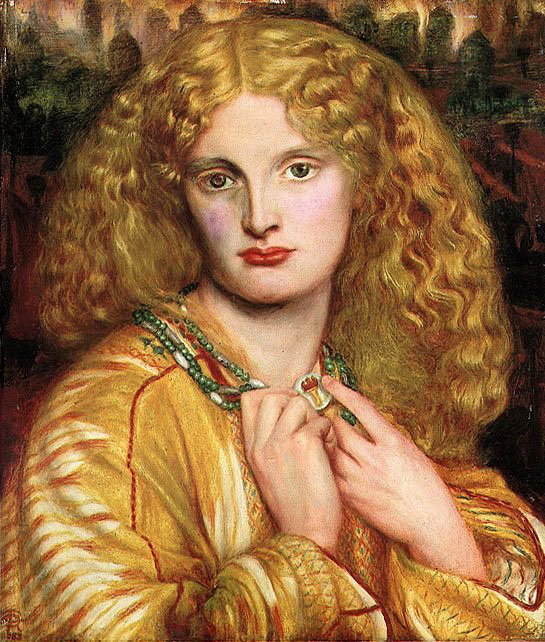
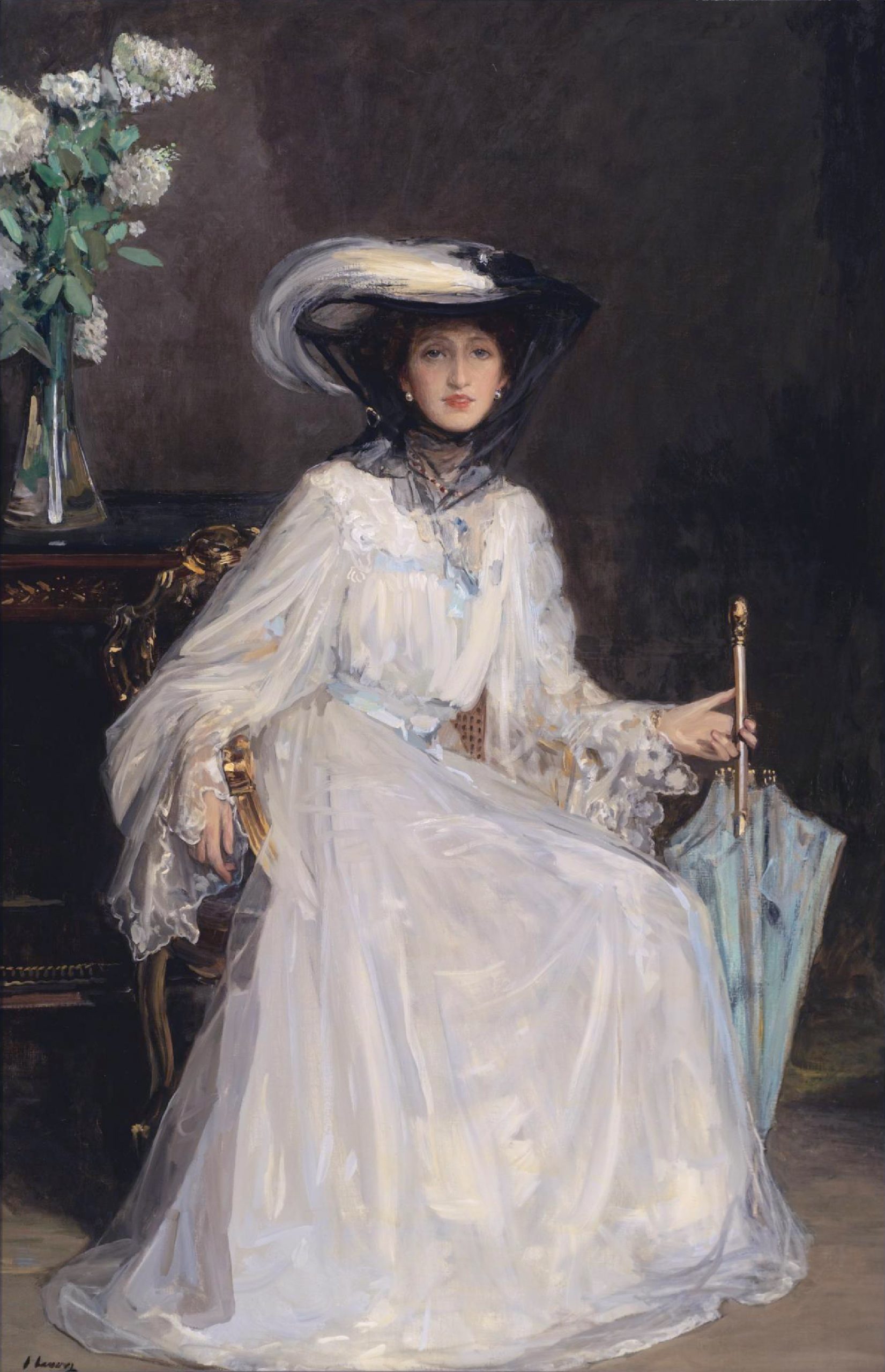
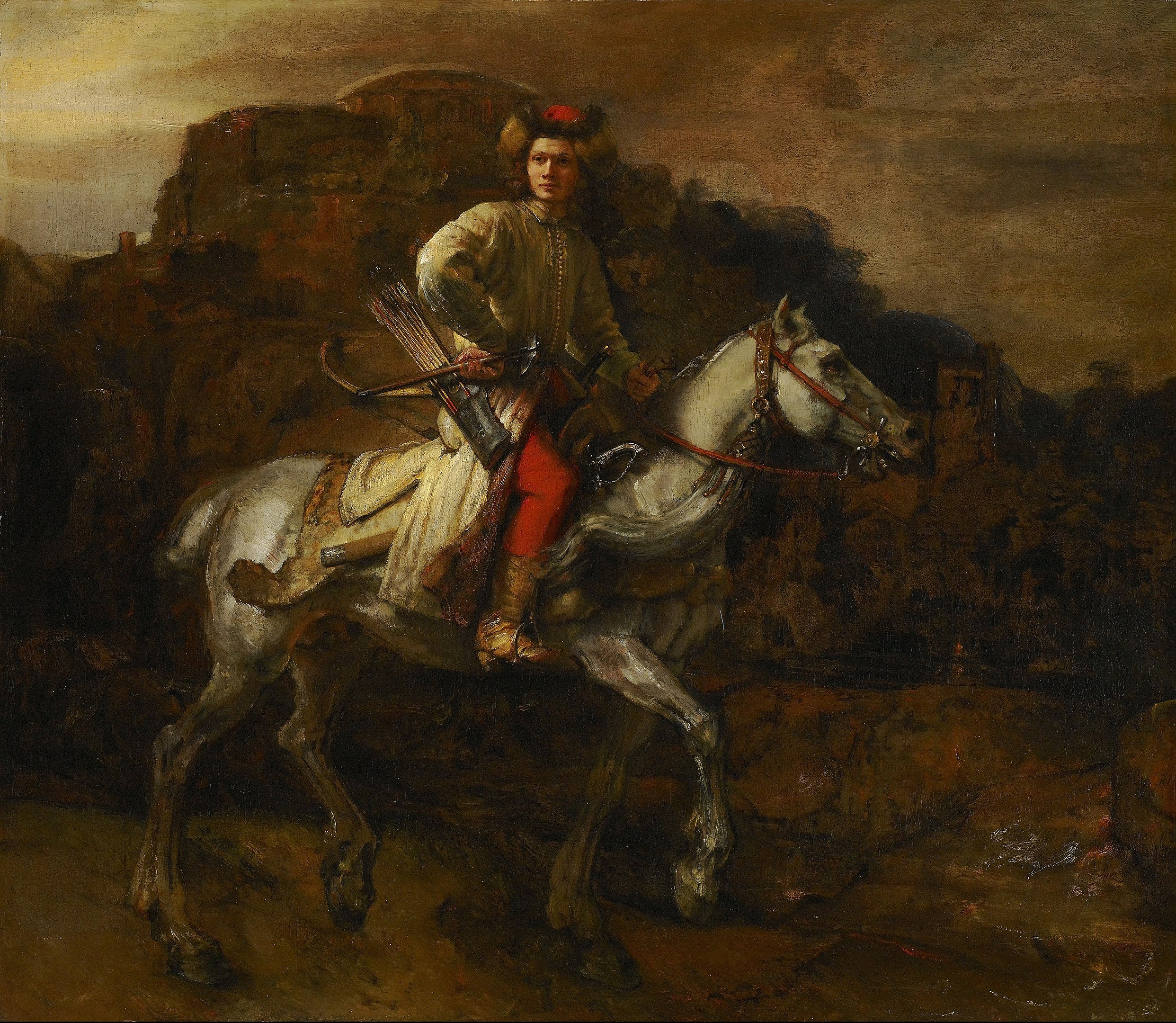
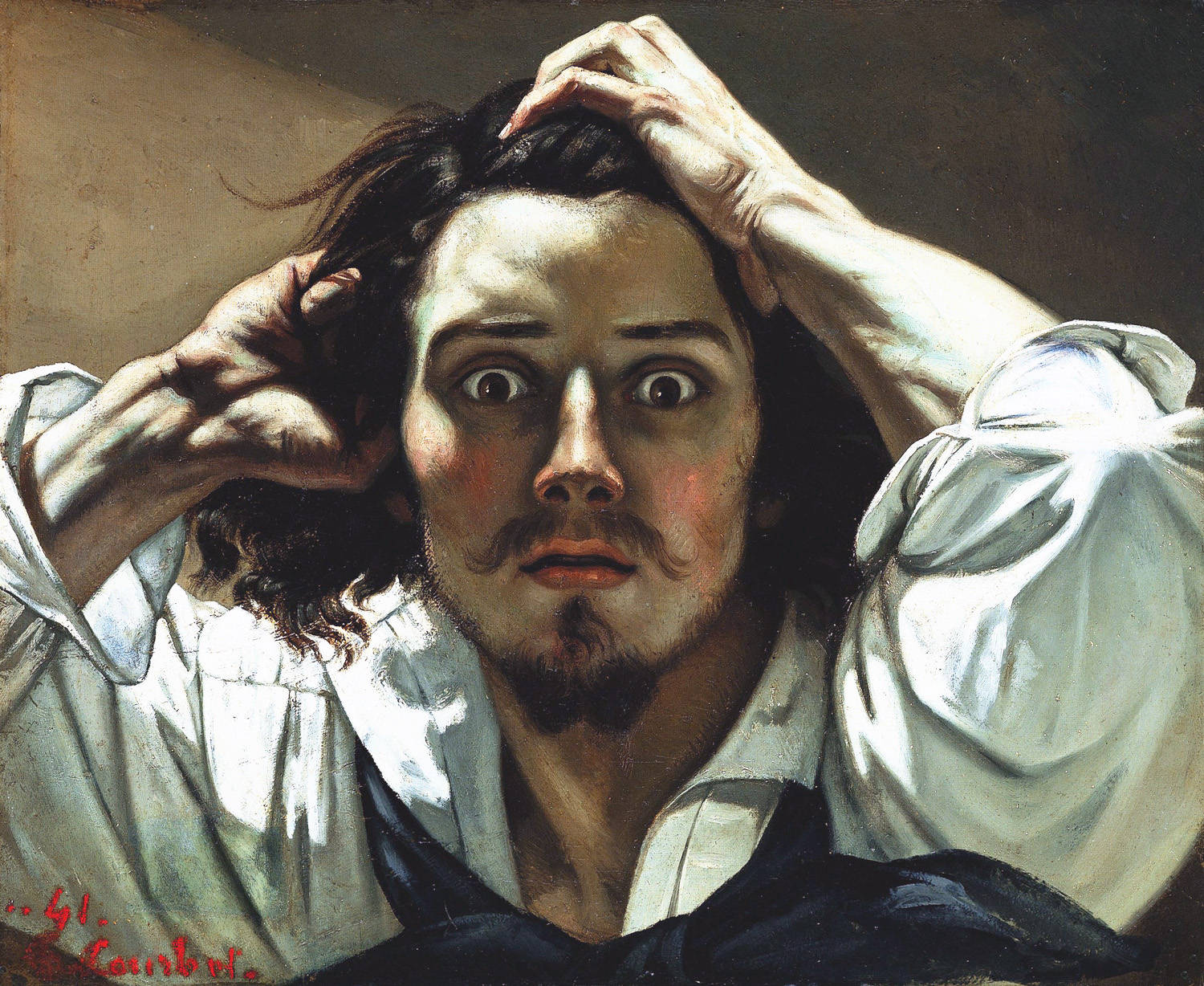
Your examples:
Famous Art Portraits (You can research and add more information)
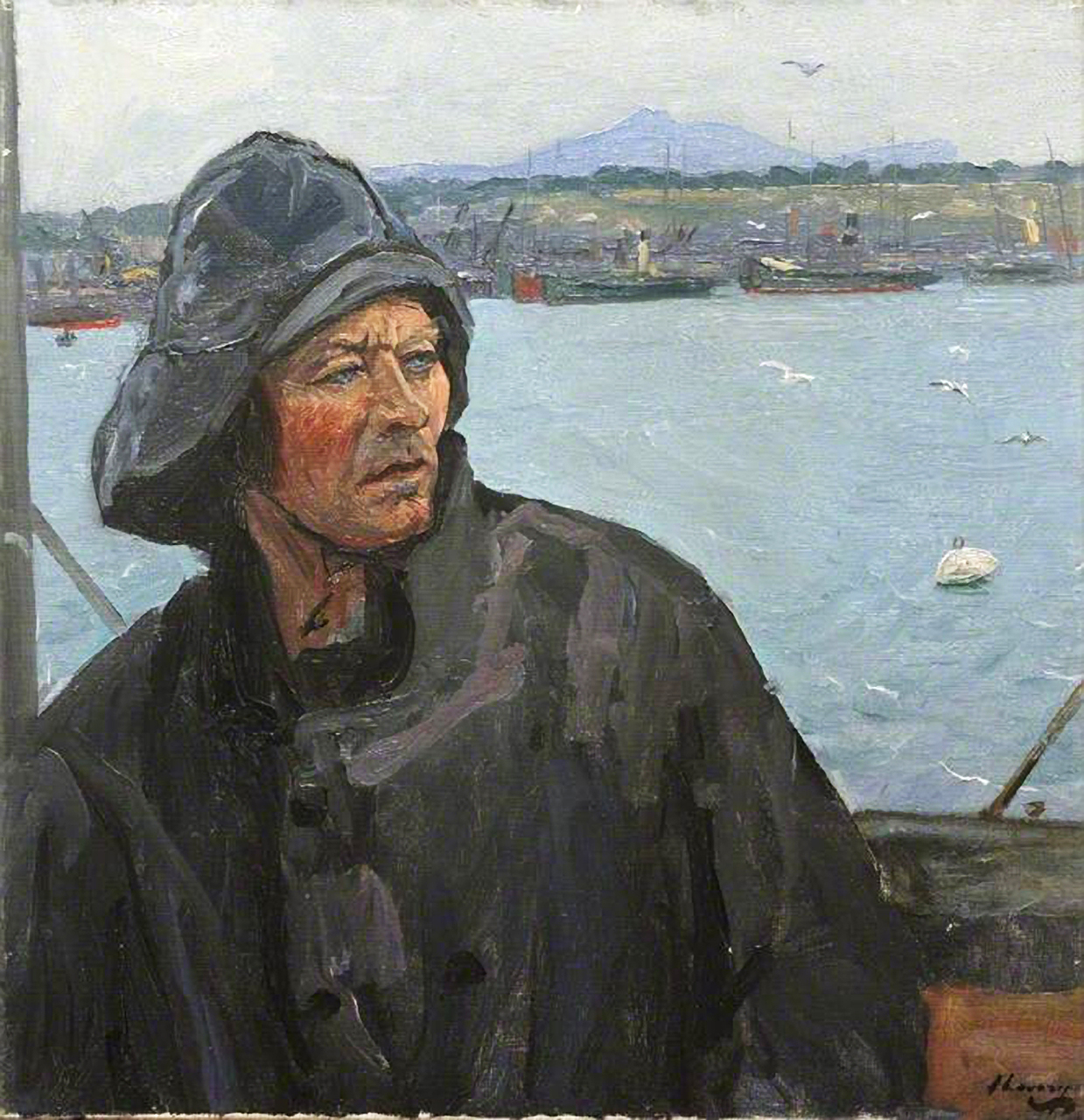


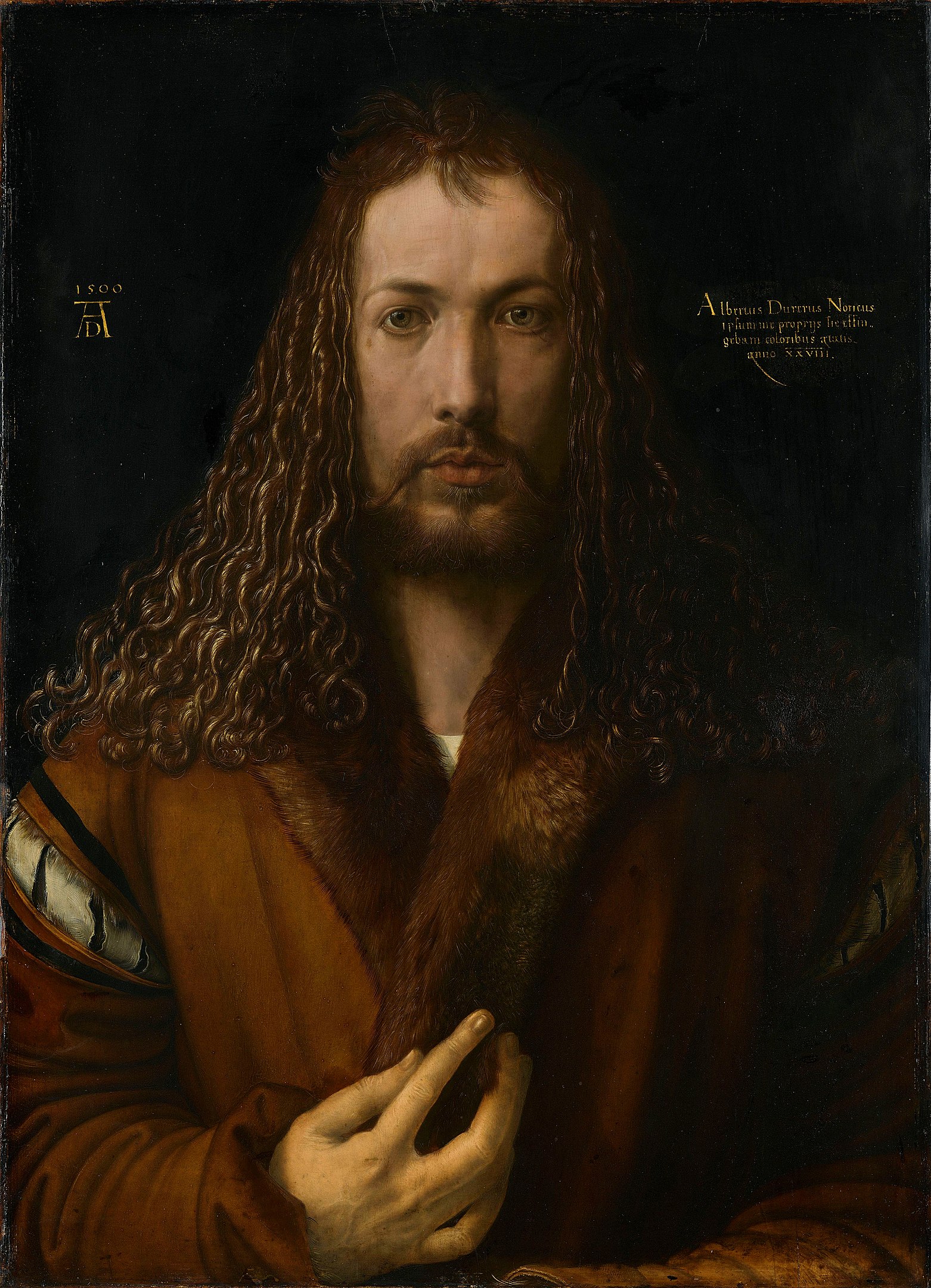
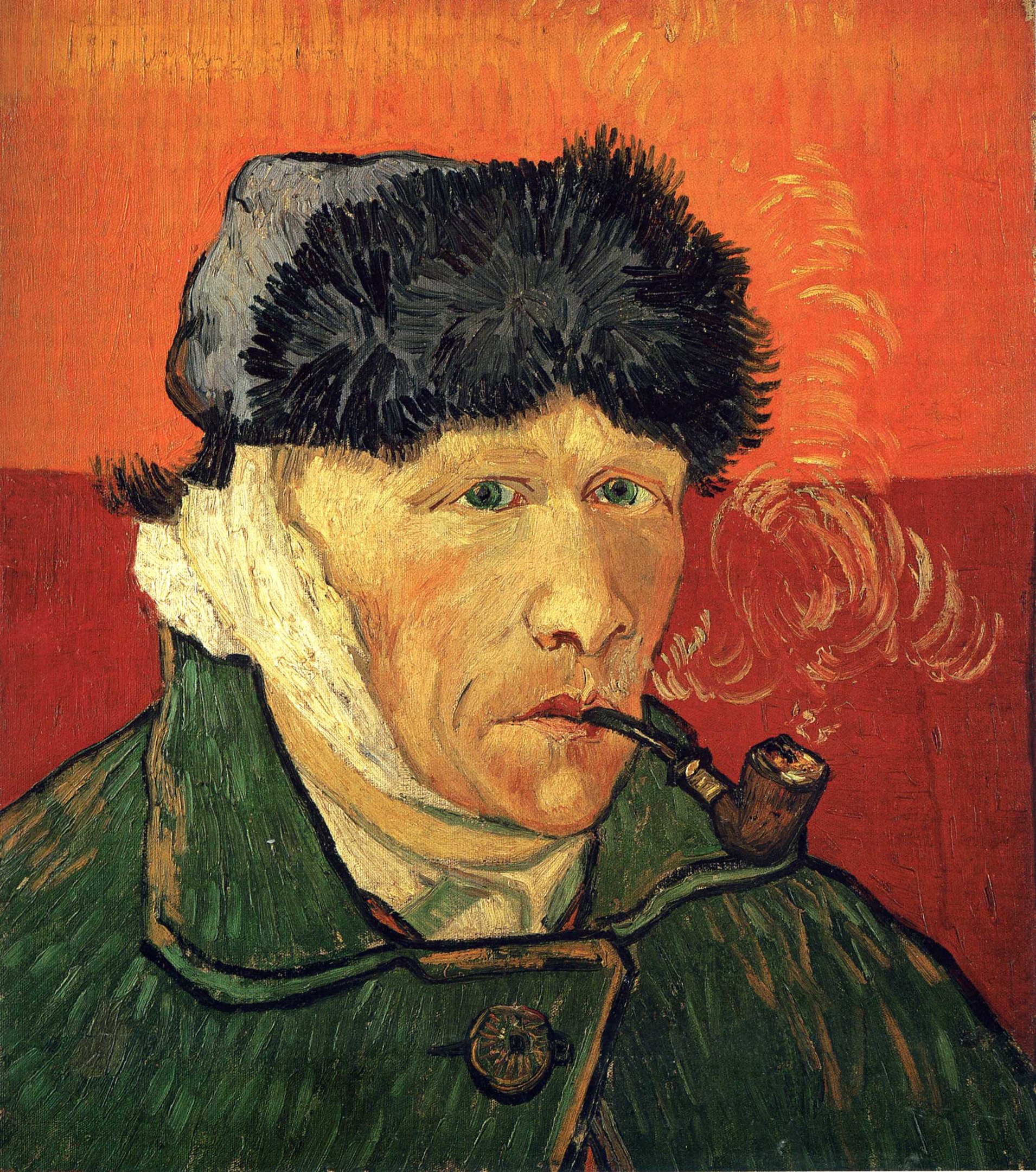
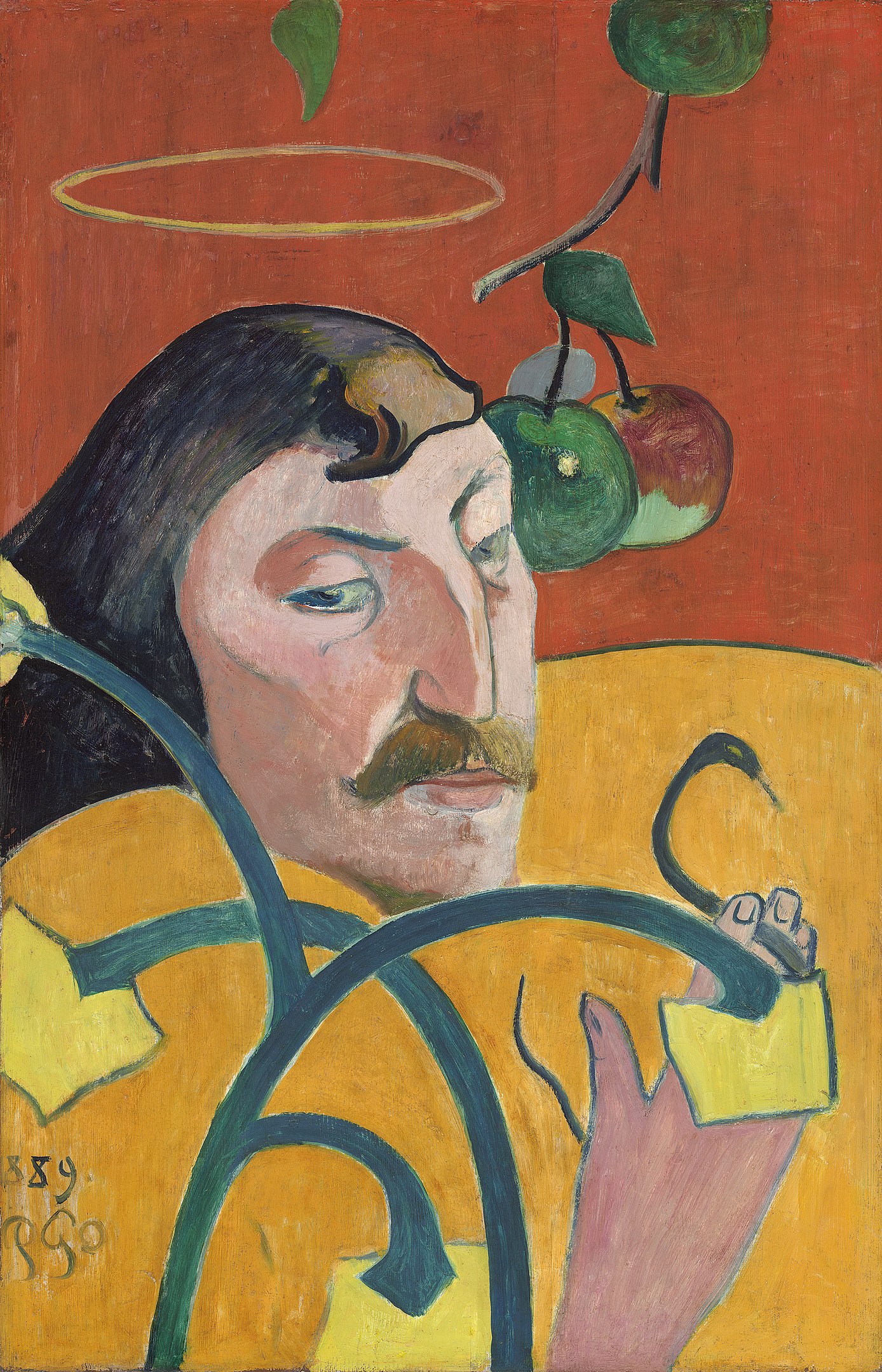
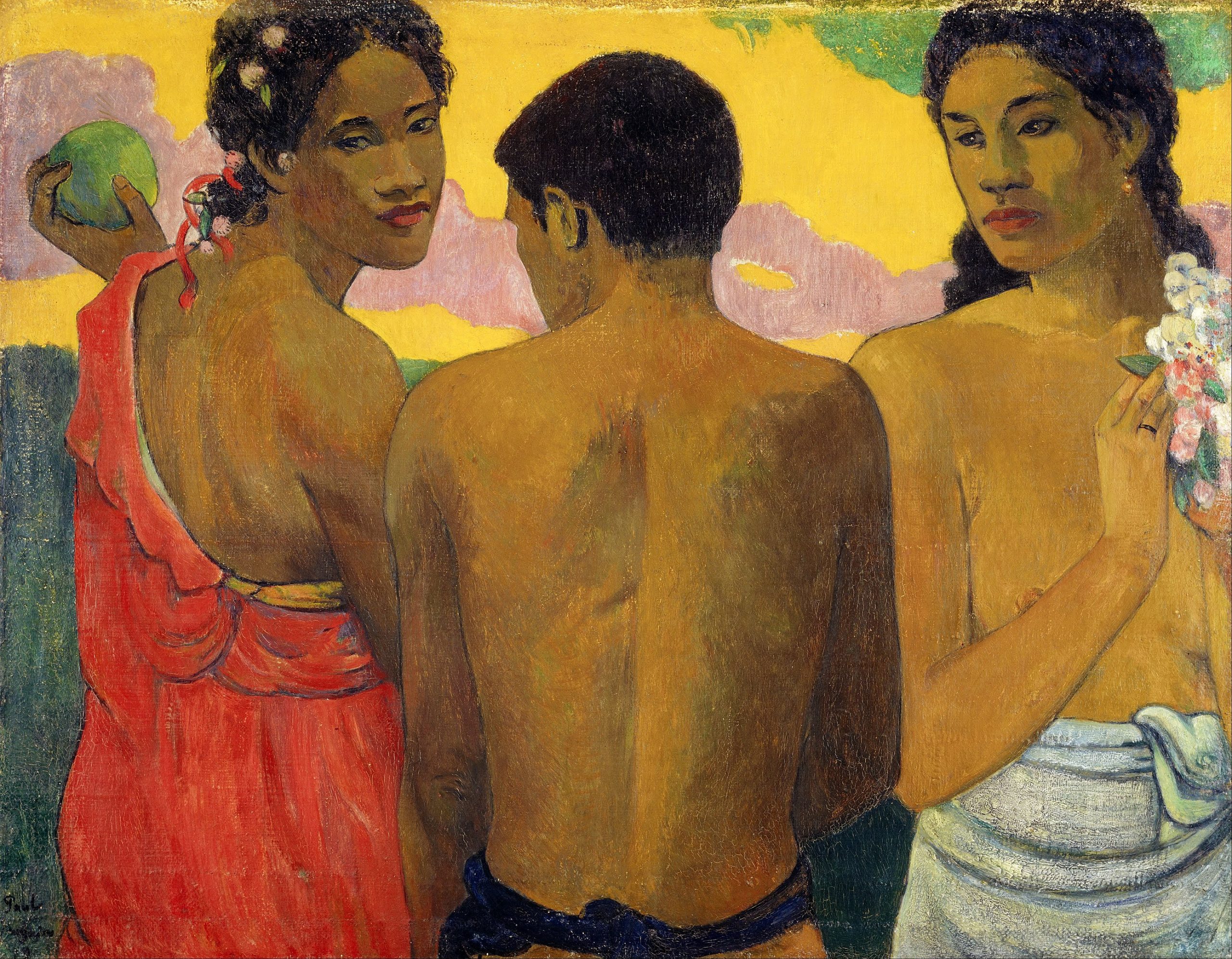
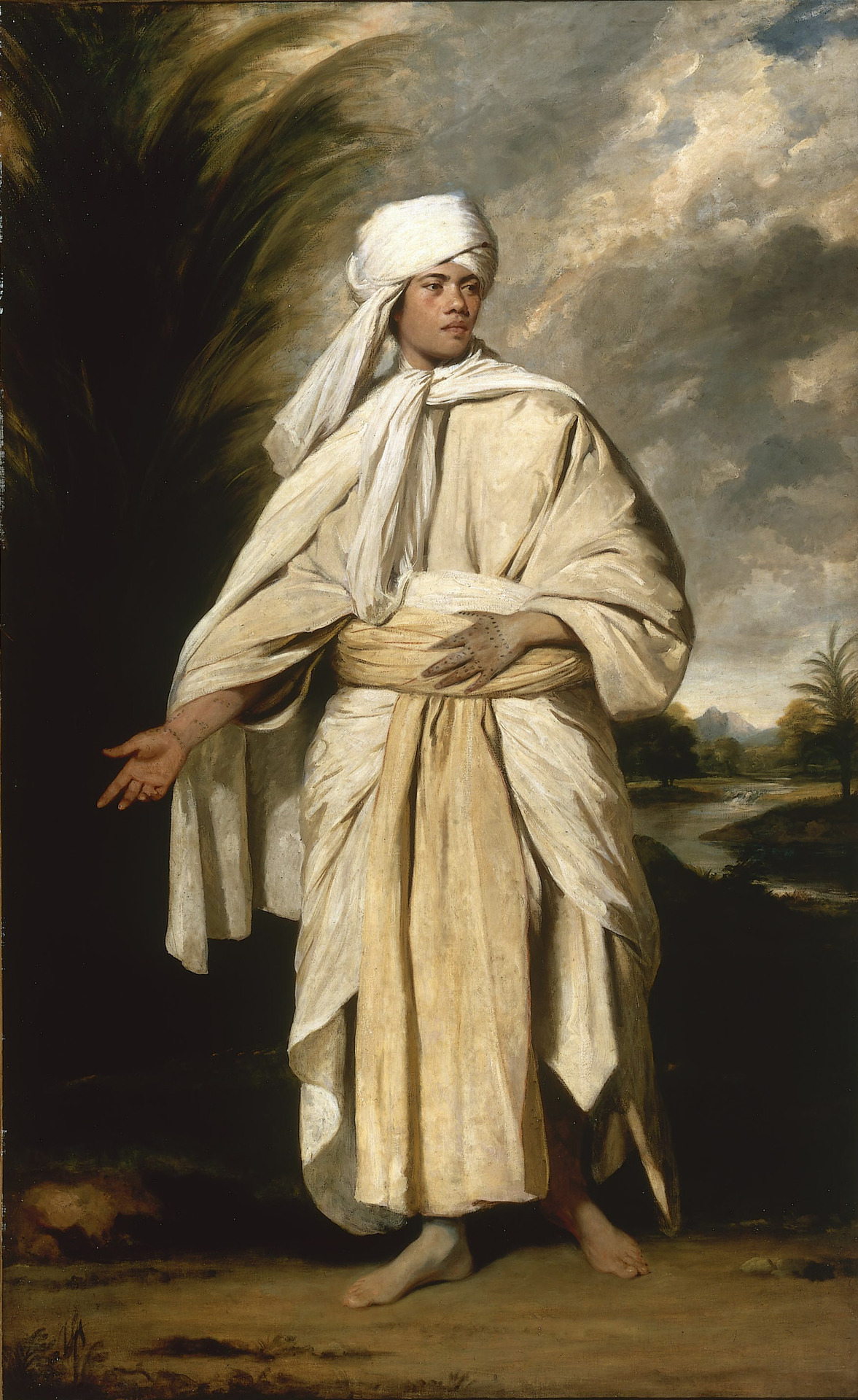
What can be learned about settler-colonial interactions from portraits?
“Reynolds portrayed Omai as an exotic figure—an idealised depiction echoing Jean-Jacques Rousseau’s concept of a noble savage. He stands barefoot, alone in a rural Arcadian landscape with unusual palm-like trees. He is wearing flowing “oriental” white robes resembling a toga but perhaps intended to be tapa cloth, and a white turban or headdress of possibly Turkish or Indian inspiration, a style not known in Tahiti. His adlocutio pose was inspired by the Apollo Belvedere; it emphasises the tattoos on his hands, but also makes classical allusions. (Reynolds first used the pose in 1752, after visiting Rome, in a portrait of Commodore Augustus Keppel.).” https://en.wikipedia.org/wiki/Portrait_of_Omai
2023 Guardian Article.
https://www.theguardian.com/artanddesign/2023/mar/07/joshua-reynolds-omai-portrait-uk-london
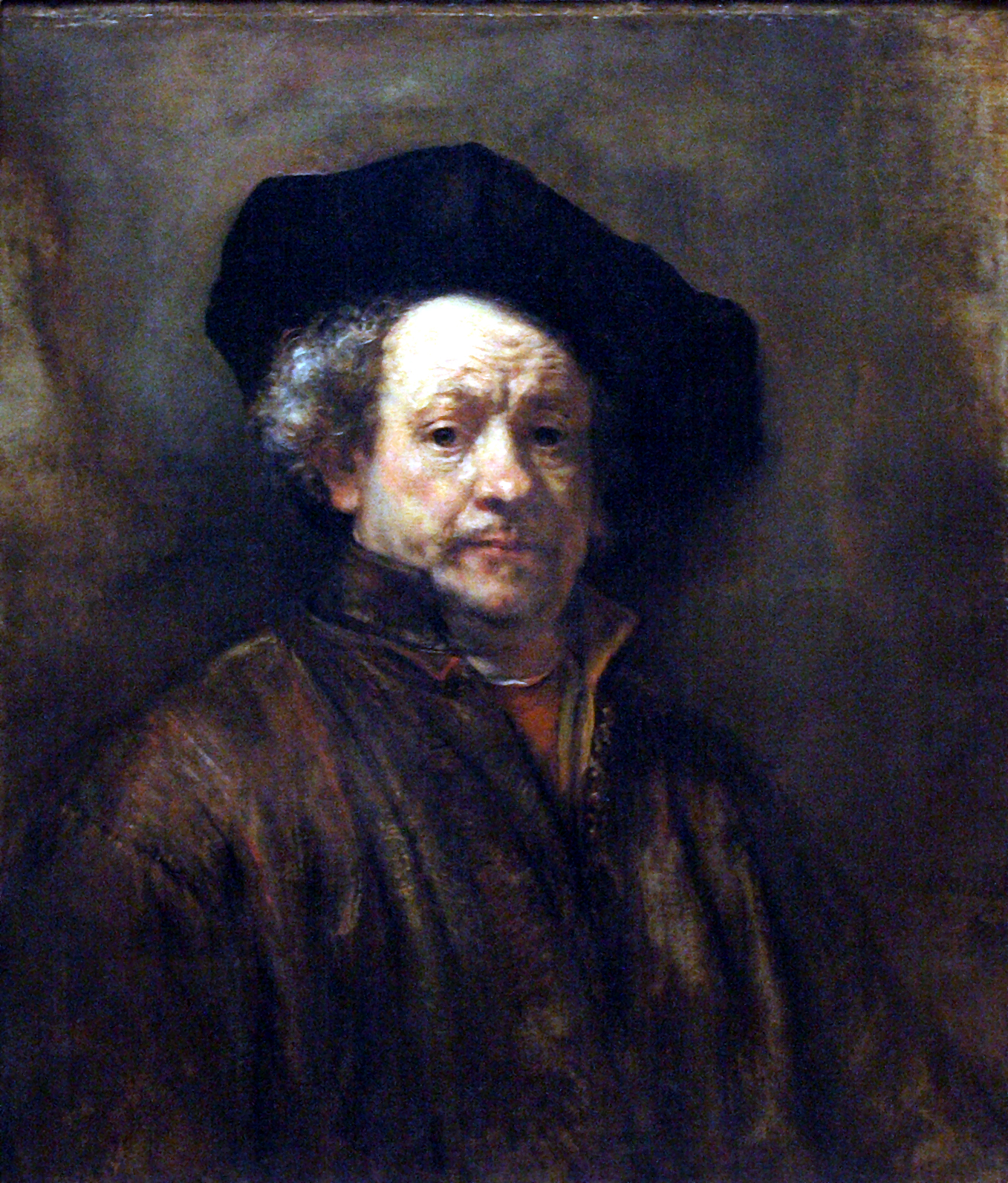
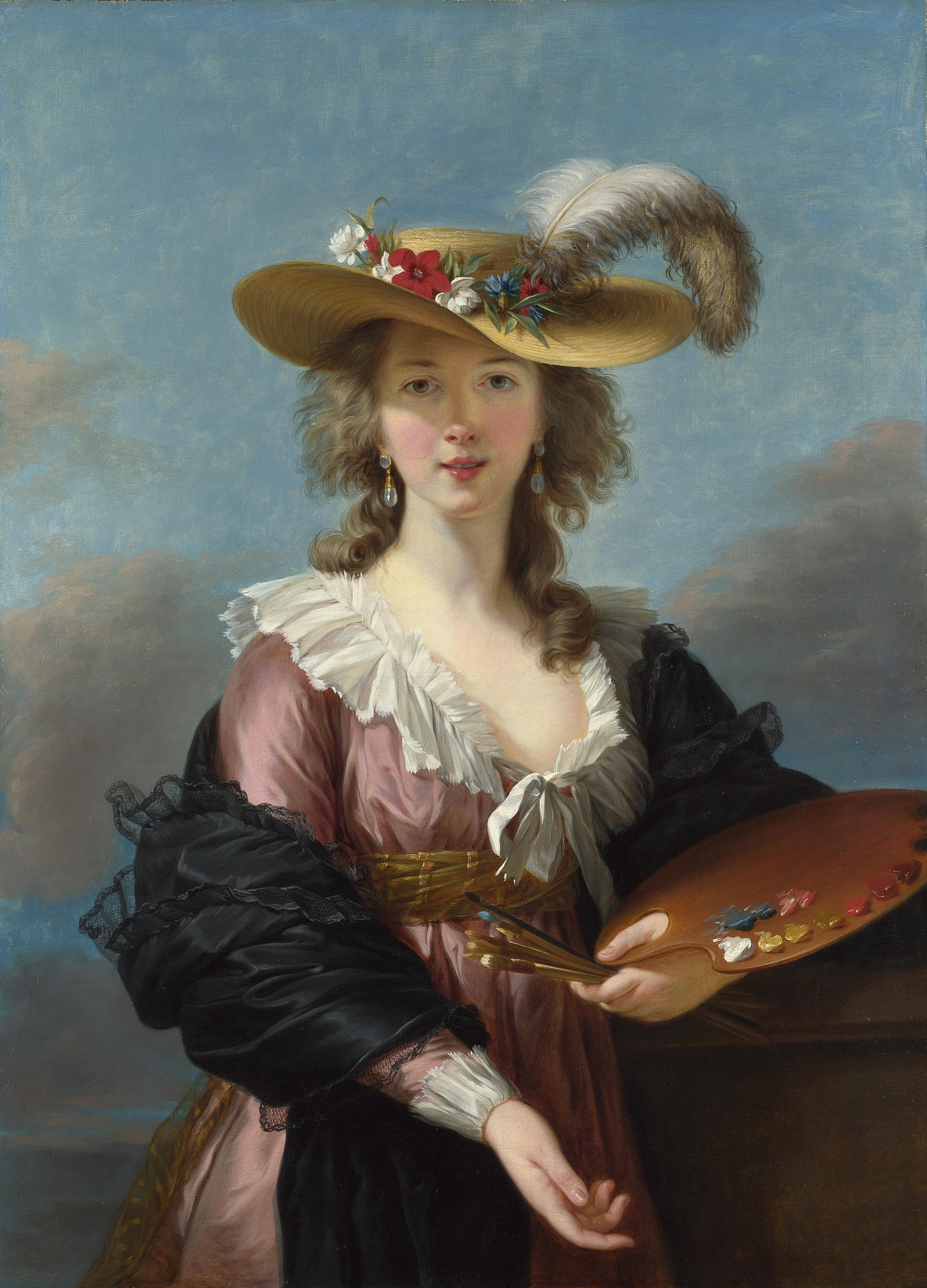
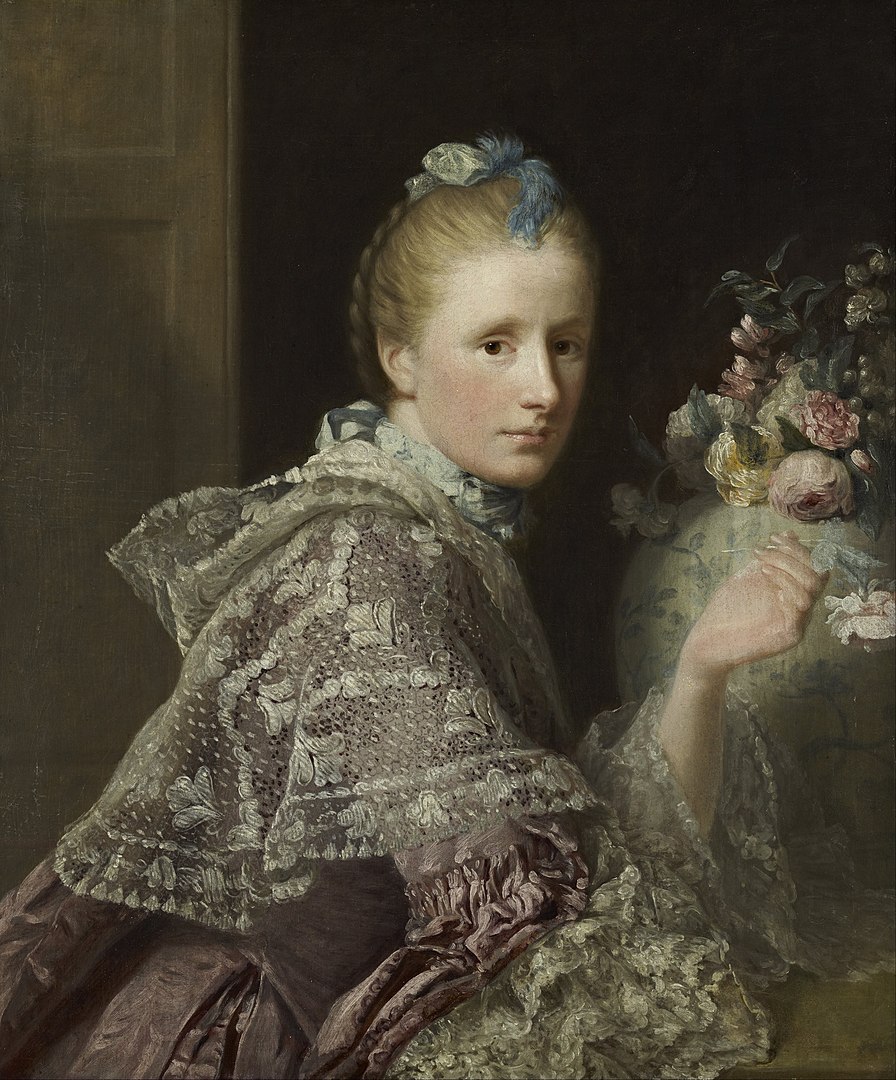
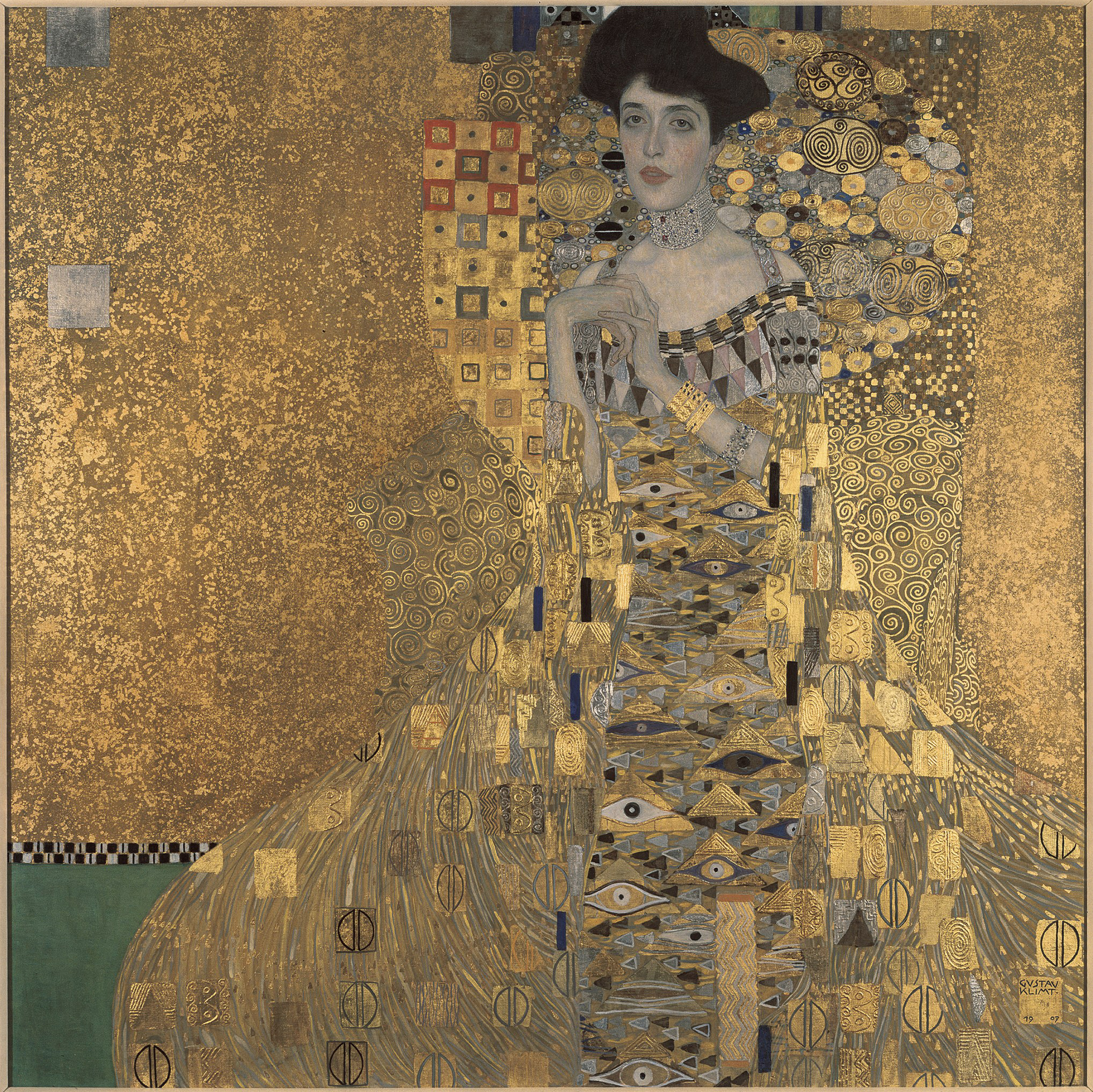
Portraits and Personality: How is Character Revealed?
Find a portrait that you find compelling and describe it from a psychological/personality perspective. Focus on color, shape, lines, expression, clothes, setting, and so on. What emotions does the subject express? What impression is the artist trying to convey about the sitter? You can also apply some of the connections that Eichler makes here:
| Similarities between Visual and Verbal Arts by Karen Eichler, 2006. Author’s Word Choice Artist’s BrushstrokesAuthor’s Point of View Artist’s PerspectiveAuthor’s Main Idea Artist’s SubjectAuthor’s Setting-Time, etc. Artist’s Period, Time, and Place (Eichler, 2006, instruction 5). |
Connections with Art
Write a sentence or two about why you chose this work of art, how it makes you feel, and/or what it makes you think about.
1. Next write a detailed description of the work of art. Be specific enough so that someone else could clearly imagine the work of art in his or her mind after reading your description. Be sure to include words that indicate size, shape, color, light/shade, objects, positions, and so on.
2. Finally, write a poem in response to your work of art. If you need inspiration, look back at your answers above. Feel free to write your poem in any style.
3. Here are some approaches that were used in the poems from other class activities:
-Write about the scene or subject being depicted in the artwork.
-Relate the work of art to something else it makes you think of.
-Write about the experience of looking at the art.
-Described how the artwork is organized.
-Speculate about how or why the artist created this work.
-Imagine what was happening while the artists was creating this work.
-Speak to the artist or the subject (s) of this painting, using your own voice.
-Write in the voice of the artist
-Write in the voice of a person or object in the artwork
From: Dozier, L. (2017). “Art as Text: Seeing Beyond the Obvious.” (Retrieved February 8, 2023 JSTOR, https://www-jstor-org.uwinnipeg.idm.oclc.org/stable/pdf/26359543.pdf?refreqid=excelsior%3A84719c42a6babb64dc2b226967575788&ab_segments=&origin=&initiator=&acceptTC=1)
Point of View
Lynne Dozier (2017) encourages students to explore the artist’s point of view:
Find the art works below and then compare two artists’ images of war from the following:
Elizabeth Thompson’s 28th Regiment at Quartre Bras (Victorian Period)
-Soldiers on the March by Jacques Villon (Cubist Period).
-John Singer Sergeant’s “Gassed”
-“Guernica” by Pablo Picasso
Assignment:
-Peek into the artist’s head and reflect:
- What part of the painting would you consider the most important? Why?
- What do you think that the artists might say, or feel, about war—the subject of both paintings?
- How are the two works alike? Different? How do the titles help you determine the theme? What message did you take away from studying the painting? (Dozier, 2017, pp. 29-34).
- Find other paintings/poems of war and peace and write your own interpretation of at least 2 poems, 1 painting, etc. (you can vary the question, form, length, RAFT, etc.).
Poetry Connections:
-“The Man He Killed” by Thomas Hardy
-“Universal Soldier” by Buffy St. Marie
-“Dulce et Decorum Est” by Wilfred Owen
Short Story: “The Sniper” by Liam O’Flaherty; “The Things They Carried” by Tim O’Brien; and “The Post Card” by Henrik Böll.
Examples of Student Responses:
“The sky was covered in a sheet of dreariness, yet they all stood, shoulder to shoulder, maintaining hope during this movement, as real as the ways of war.”
(Brandon)
“The artist tries to show the mass chaos and confusion of war: mangled bodies and marbled thought. The concentration of blue hues indicates the sadness and somberness of war; sporadically mixed in are hints of reds and brown, a victory marred in blood, death, and evil. (Daphne)
“The paintings show that war is eccentric and chaotic and yet at time when men will stick together until the last moment for something they all believe.” (Emily).
(From Lynn Dozier, 2017, p. 30-please see complete reference below)
Pictures, Poems, and other Texts of Peace, Healing, and Restoration; Poems of a Hopeful Future:
Your selections:
___________________________________________________________________________________________________________________________________________________________________________________________________________________________________________________________________________________________________________________________________________________________.
Imagine a Future where: _______________________________________________
Similarities between Visual and Verbal Art (Eichler, Instruction 5).
Author’s Word Choice Artist’s Brushstrokes, Colour, Medium
Author’s Point of View Artist’s Perspective
Author’s Purpose Artist’s Purpose
Author’s Main Idea Artist’s Subject
Author’s Setting, Time
And Place Artist’s Period, Time, Place
From: Moorman, H. (2006). Backing into Ekphrasis: Reading and Writing Poetry About Visual Art, English Journal, 96(1):49-51.
For more lesson plans that integrate art with English language arts please open the link here.

